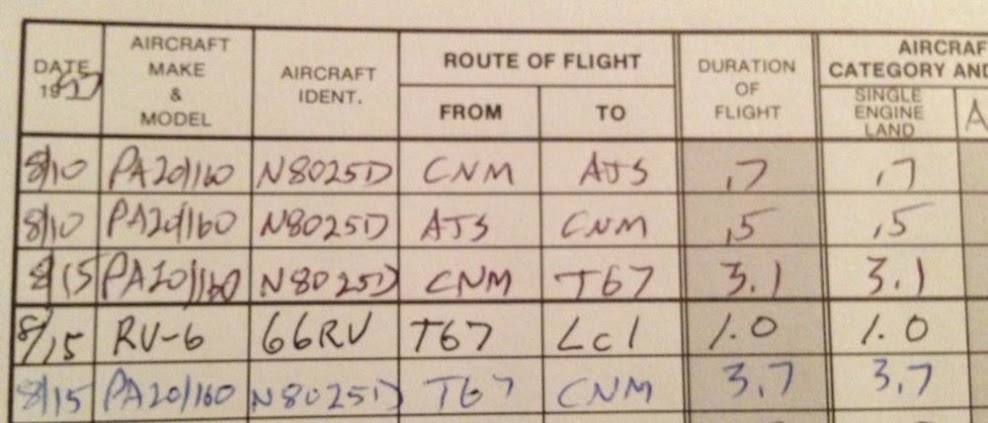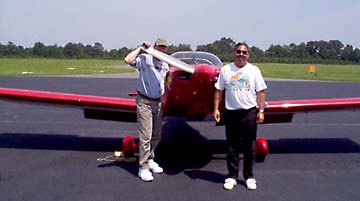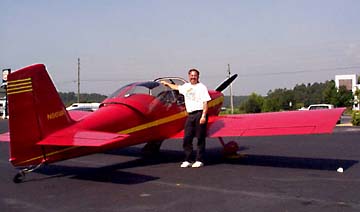There are two common factors that should be kept in mind when evaluating the opinions expressed in this thread (and most others for that matter).
1. It is human nature for a person to defend choices they made regarding the build of their own RV (even if statements they make directly contradict the generally accepted laws of physics and aerodynamics).
2. People’s opinions of how a particular RV fly's, is dependent on what they are comparing it too. When compared to most of the lower performing certificated aircraft that most pilots are accustomed to flying, even an overweight ("pig) RV-6(A) will seem like a high performance sport plane.
Honestly compare that same overweight RV to a number of light weight examples, and the differences are very apparent.
Keep in mind that issue 1 usually trumps issue 2... People that have experience comparing the flying qualities of multiple RV's will still strongly defend their personal choices. Or it's possible that all the RV's they have flown would fall into the bovine category...









